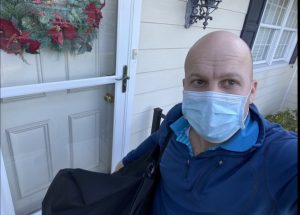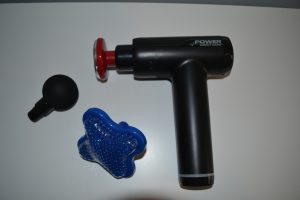I get a lot of new patients who call me and say that no one can figure out or fix their back problem. They have suffered for years in pain or are missing out on life’s adventures. Epidurals haven’t worked for them. MRI looks fine. X-rays are normal. They don’t want to live on pain medications. And health professionals now think it is all in their head! The good news is it is not in their heads…but the problem isn’t in ‘their back’ either.
This mystery muscle most often overlooked is called the Psoas muscle (the P is silent during pronunciation). Some people know it as the hip flexor muscle. All of the injections, stretches, massages, massage guns, and surgeries will NOT help the back because these are SECONDARY to the tight Psoas muscle on the front part of the low back bones.
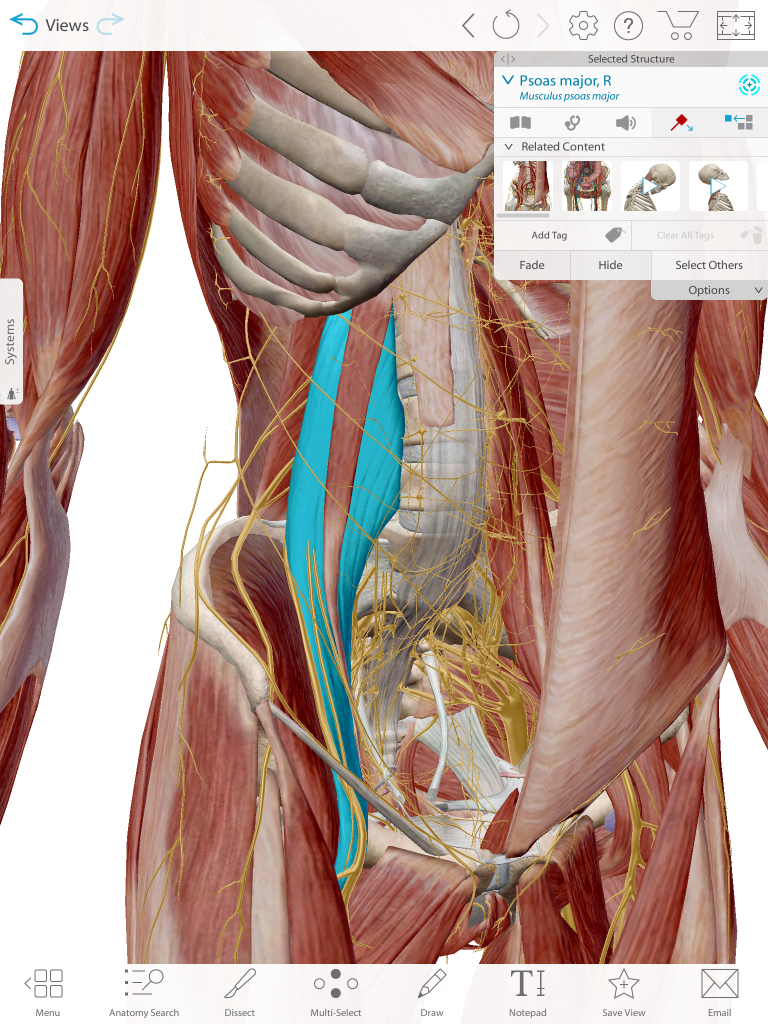
Anatomy lesson time again
The Psoas muscle originates on the FRONT part of your Vertebrae in the Low Back and runs down through the back part of the Pelvis to attach to the Femur (Thigh bone). While it is the main flexor of the leg at the hip joint while biking, running, or going up stairs, it also works the other direction as well. It is the main mover of your low back spine forward. When this muscle is tight, you can picture how it would either pull the Femur bone up…or more often it continuously pulls on the low back Vertebrae to pull forward. The normal ‘back muscles’ then work overtime to get us to stand up straight causing these muscles get overworked during this tug-of-war and spasm causing discomfort and pain.
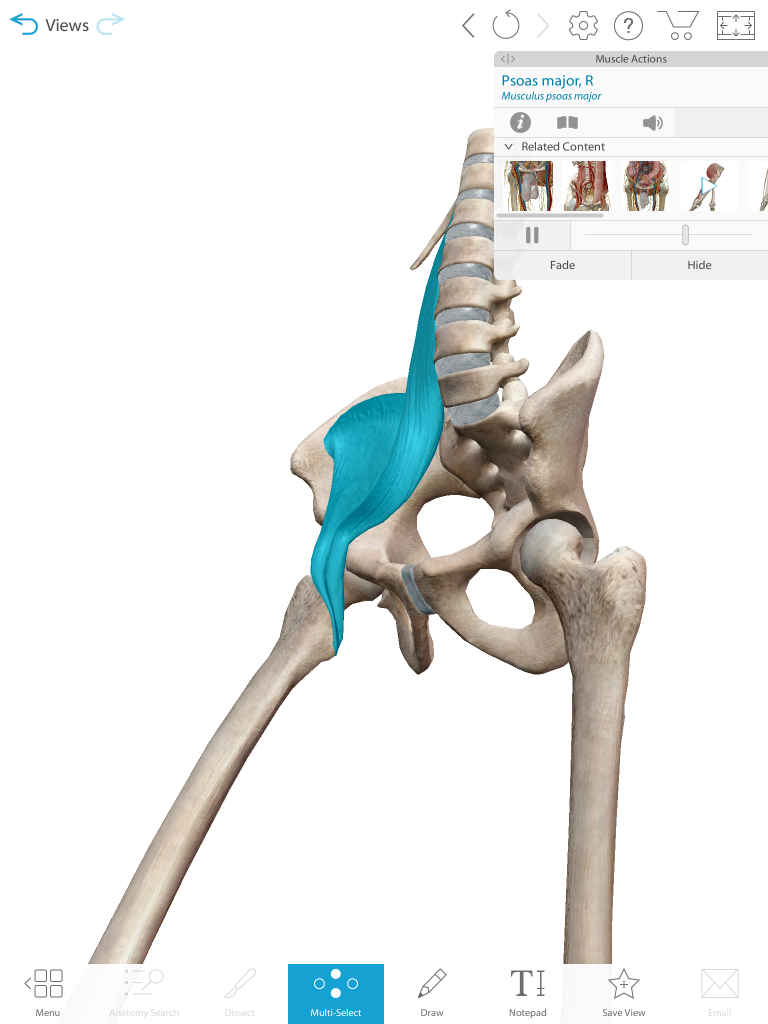
Getting on your nerves
And another issue involving the Psoas Muscle is that a lot of important nerves coming out of the low back run around or even through the Psoas causing direct compression to the nerves. The pain in your groin, numbness and tingling in the leg, and muscle weakness have all been attributed to Psoas muscle spasm and contracture. And based on the picture, you can see how it can put pressure on the nerves roots that come together to form the Sciatic Nerve.
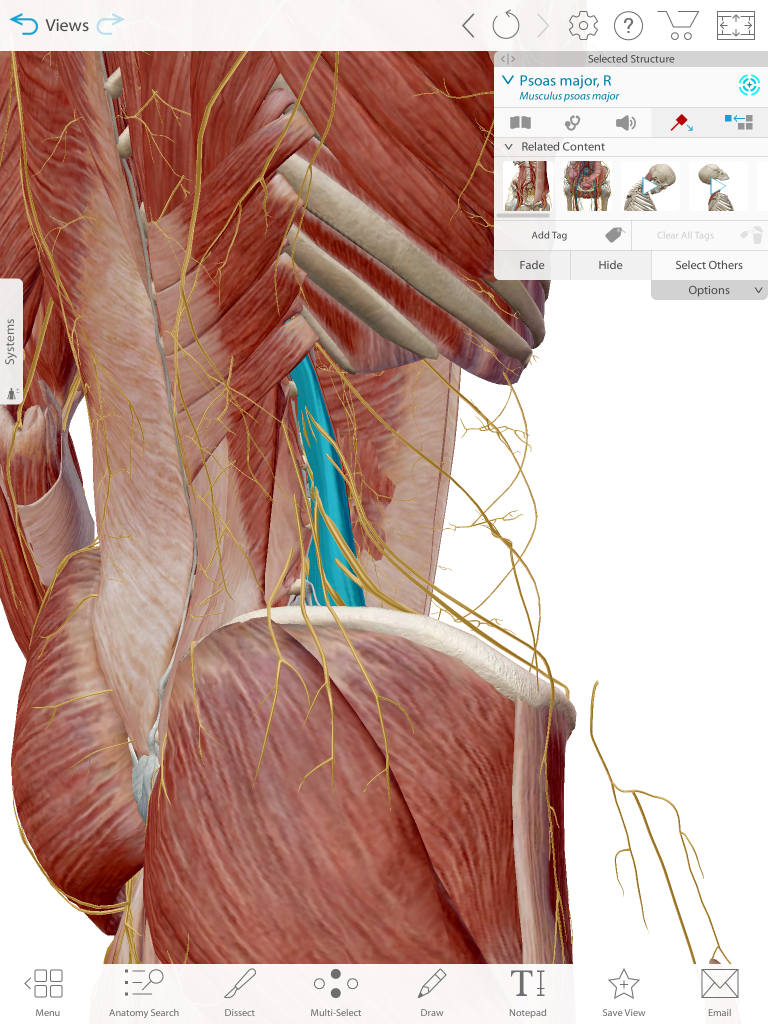
Patient Testimonial
“Before calling Dr. Pete, I had tried everything. I have had 12 epidurals over a span of many, many years. To be honest, I had zero confidence he could help since I had tried other Chiropractic treatments, PT 3 or 4 times, and pain injections. Nothing helped. He evaluated my back movement, explained the Psoas muscle involvement, and treated it. He treated me 4 times and I was 80% better. He showed me exercises to keep it loose. After another 3 treatments (7 total), I was pain free. The crazy thing was he never worked on the normal back muscles that everyone else had poked and prodded for years.”
–Valerie A.
So what to do about it?
The good news is Active Release Technique and Certified ART providers like myself are trained to treat the muscle by finding the adhesions and getting the Psoas to loosen up and release from the spasm. Most results are immediate and the patients are able to stand up from the treatment table easier and ‘feel looser’. Then I show you some simple stretches to keep it loose. If you or someone you know suffers with Low Back pain, give me a call at (973) 477-3470 to discuss your situation and have a free consult. It’s worth a phone to potentially get out of pain and start enjoying life again.


